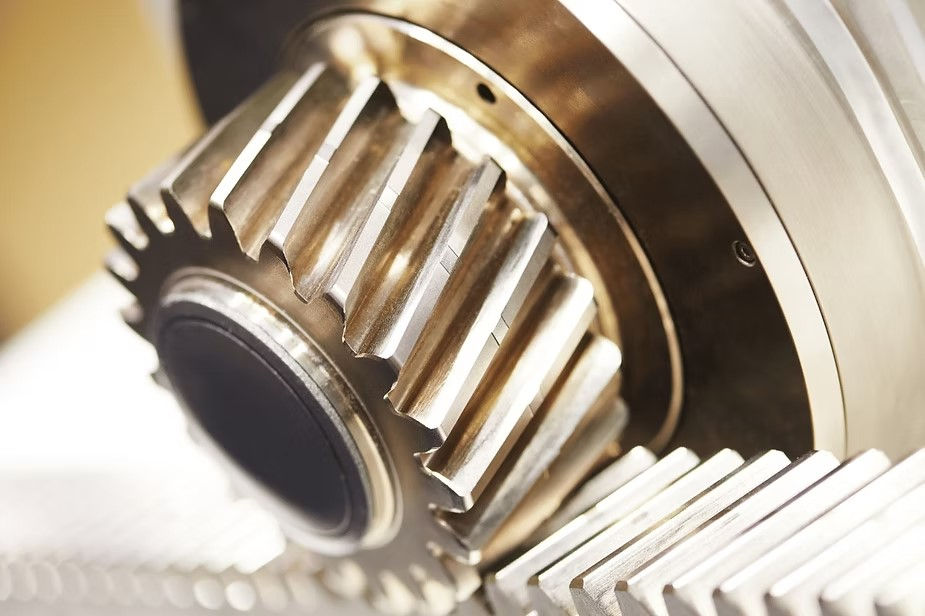How to Improve Your Machining Process with Six Sigma Principles
- magsonssakhib
- Apr 22, 2023
- 2 min read
Updated: Oct 28, 2024
Machining is a critical process in the manufacturing industry, and improving its efficiency can lead to significant cost savings and increased productivity. One approach to achieving these improvements is by applying Six Sigma principles to the machining process. In this comprehensive guide, we will explore the basics of Six Sigma and how it can be applied to machining to improve its efficiency.
What is Six Sigma?
Six Sigma is a set of principles and tools that aim to reduce variability in a process by identifying and eliminating the causes of defects. The goal of Six Sigma is to achieve a process that has no more than 3.4 defects per million opportunities (DPMO). This level of performance is known as a Six Sigma level.
The Six Sigma methodology is based on a five-step process known as DMAIC (Define, Measure, Analyze, Improve, Control). DMAIC is used to identify and eliminate the root causes of defects in a process.
How Can Six Sigma be Applied to Machining?
Six Sigma can be applied to machining to improve its efficiency and reduce defects. Here are the steps involved in applying Six Sigma to machining:
Define the Problem: The first step is to define the problem that needs to be addressed. This could be a specific defect in the machining process or a general inefficiency.
Measure the Process: The next step is to measure the machining process. This involves collecting data on the process, such as cycle time, scrap rate, and defect rate.
Analyze the Data: The data collected in the previous step is analyzed to identify the root causes of the problem. This may involve using statistical tools, such as Pareto charts and root cause analysis.
Improve the Process: Once the root causes of the problem have been identified, the next step is to develop and implement solutions to improve the machining process. This may involve making changes to the equipment, the process, or the materials used.
Control the Process: The final step is to monitor and control the improved process to ensure that it remains efficient and effective. This may involve setting up monitoring systems, establishing standard operating procedures, and providing training to employees.
Benefits of Using Six Sigma in Machining
By applying Six Sigma principles to machining, manufacturers can achieve several benefits, including:
Increased Efficiency: Six Sigma helps to identify and eliminate inefficiencies in the machining process, resulting in increased productivity and reduced cycle time.
Reduced Defects: Six Sigma helps to identify the root causes of defects in the machining process and eliminate them, resulting in higher quality products and reduced scrap rates.
Cost Savings: By reducing inefficiencies and defects, manufacturers can save on material and labor costs.
Improved Customer Satisfaction: By producing high-quality products with reduced defects, manufacturers can improve customer satisfaction and loyalty.
Conclusion
Machining is a critical process in the manufacturing industry, and improving its efficiency and quality can lead to significant cost savings and increased customer satisfaction. Six Sigma is a powerful methodology that can be applied to machining to achieve these improvements. By following the DMAIC process, manufacturers can identify and eliminate the root causes of defects in the machining process, resulting in higher quality products, reduced scrap rates, and increased productivity.







Comments